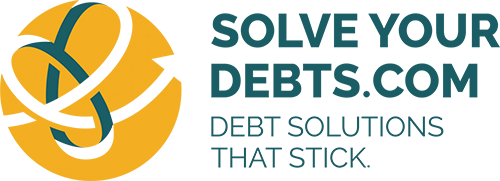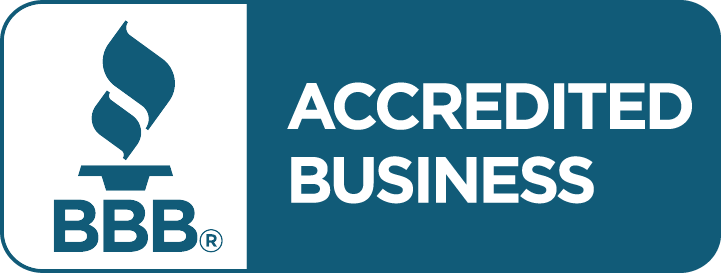When the Canada Emergency Response Benefit (CERB) was rolled out earlier this year to help Canadians who saw their income impacted by the coronavirus, everyone knew it would inevitably come to an end. The CERB officially ended at the end of September as the government transitions people back onto EI.
The EI program is set to change slightly to accommodate unique situations during the pandemic. More Canadians will be able to qualify for EI, including those who would not have qualified in the past because they may not have had sufficient qualifying hours.
Typically, EI claimants will receive up to 55 per cent of their average weekly earnings (up to the maximum of $573 per week). However, with the new program, those who are still unemployed due to Covid will be eligible for at least $400 per week, provided they’ve worked at least 120 hours in the prior 52 weeks (or since their last claim). These benefits will be available for a minimum of 26 weeks. To collect EI, individuals must be available and looking for work.
The other benefit to the new EI program is that you can work and collect EI. If you earn income while receiving EI, your EI regular benefits are reduced by 50 cents for each dollar of earnings, up to 90 per cent of prior earnings.
If you know you’re likely to still be unemployed (or underemployed) by the time your CERB runs out, it’s advisable to contact your unemployment office to find out how much you’ll actually be getting. With CERB, it was a guaranteed $2000 per month, but EI is based on your earnings, so it may end up being less.
“You’ll want to find out now how much you’re going to be getting and adjust your budget accordingly,” says John Eisner, President of Credit Counselling Services of Atlantic Canada. “Don’t wait until the CERB runs out and you’re left scrambling to make bill payments. Be proactive instead of reactive when it comes to your finances.”
In addition to EI, there are three new temporary relief benefits:
Canada Recovery Benefit (“CRB”)
The CRB is a replacement of the CERB for the self-employed, who typically don’t qualify for EI. This taxable benefit is scheduled to start on September 27, 2020 and run for one year, providing $400 per week for up to 26 weeks for those ineligible for EI. You’ll have to apply every two weeks to ensure you still need the support and meet the eligibility requirements.
In order to continue to be eligible for the benefit, you need to be actively looking and accepting work. Similar to the new EI program, you can still earn income from self-employment while receiving the benefit. However, you need to repay 50 cents for each dollar of your annual net income above $38,000 in the calendar year, up to the amount of CRB you receive.
Applications for the CRB will be accepted as of October 12, 2020.
Canada Recovery Sickness Benefit (CRSB)
The CRSB is for both employees and self-employed individuals who don’t have a paid sick leave program. This taxable benefit will provide $500 per week, for up to two weeks, for those who cannot work due to COVID-19. It also applies to those who are required to self-isolate for two weeks.
In order to be eligible for the CRSB, you must be resident in Canada with a valid SIN, be at least 15 years old, be employed or self-employed at the time of application, have missed at least 60 per cent of scheduled work in the particular week, not be otherwise receiving paid sick leave, and have earned at least $5,000 of income in 2019 or 2020.
Apply for the CRSB here.
Canada Recovery Caregiving Benefit (CRCB)
The CRCB is taxable benefit of $500 per week, for up to 26 weeks, for those who must miss work to care for a family member due to COVID-19. This benefit will be available for one year, beginning on September 27, 2020.
The CRCB can be shared among household members, but only one household member can receive the benefit in any one week. If a facility is available, but an individual prefers to keep a dependent at home, they’re not eligible for the benefit.
To qualify for the CRCB, you must have been unable to work for at least 60 per cent of your normally scheduled work week because you must take care of a child who is under 12 years old, or provide care to a family member with a disability or a dependent. You must be caring for the child, family member or dependent because either: their school, daycare, day program or care facility is closed (or operates under an alternative schedule) due to COVID-19; a medical professional has advised that they cannot attend the facility due to being at high risk if they contract COVID-19; or because the caregiver usually providing care is not available because of COVID-19. In addition, you must not have received paid leave or certain other benefits (including the CERB, CRB, CRSB, short term disability benefits, workers’ compensation benefits, or EI benefits) for that work week.
Apply for the CRCB here.
While the government continues to provide lifelines to Canadians during these difficult times, they will eventually end. For many Canadians, their finances have already been impacted tremendously by the pandemic. As bans on evictions lift and banks end their mortgage deferral programs, life will resume to normal. It’s important that you be prepared.
“If you know there’s going to be a shortfall in your income, contact your creditors now,” says Eisner. “Tell them what’s happening and ask them what they’re able to do to help you through this time. They’ll be more understanding if you call them and explain your situation than if you make late payments.”
If you need help with budgeting or are concerned about debt and your financial situation, contact Credit Counselling Services of Atlantic Canada today for a free consultation.











